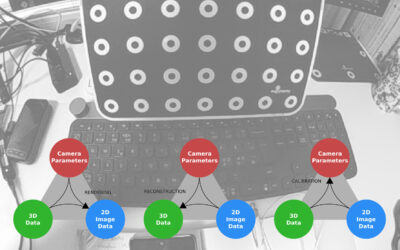
Unveiling the Magic Behind Augumenta’s AR accuracy: Camera Calibration in Smartglasses
Introducing camera calibration and its importance in high-accuracy augmented reality
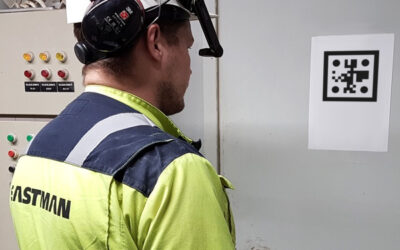
Augumenta was chosen to provide a new, innovative and scalable solution to improve the safety of industrial workers that are performing dangerous tasks alone.
Augumenta was recently chosen to provide a solution to a problem presented by the Six City Strategy. The challenge was to find new, innovative and scalable solutions to improve the safety of industrial workers that are performing dangerous tasks alone. We set along to tackle it with a simple app that allowed the worker to be tracked in the working area and send alarms in the case of an emergency.
The Laanila Industrial Park is located within the Oulu city. It hosts a number of companies within the chemical industry and about 300 workers. Many of them are regularly handling tasks rated dangerous and in a lot of the cases, they are working alone outside or inside different buildings. This has raised concerns about the safety of these solitary workers. How will anyone notice if something happens to someone out of sight? How can help reach a worker in trouble if nobody knows where to send that help?
As the purpose of the fast trial is to get the companies working together and drive the pilot projects from the planning stage to testing in real field conditions in a very short time period, the Augumenta solution excluded any other possible use cases. The trial focused solely on experimenting with how smartglasses could provide a robust yet cheap tracking solution. We were working together with Eastman Chemical Company, a global advanced materials, and specialty additives company, to develop a light app using monocular smartglasses and provide tracking of workers and trigger alarms when needed. The Eastman staff tested the app and glasses on the field and gave us some excellent feedback on how smartglasses and AR apps are perceived by the end-users. And by excellent we mean the kind of feedback that guides us to improve our software even more and perfect it into the most intuitive and easy-to-use AR experience for workers on the shop floor.
The smartglasses were integrated into the safety helmets of the workers. They included an additional battery and a 3G modem attached to provide a reliable connection to the server and extend the battery life for longer periods of use. The tracking was done simply by adding special markers to key places around Eastman’s facilities. When passing near them, a worker’s smartglasses will read the tag with the camera of the device and send it to a server, which would then update the location of the worker and show it in a web browser. Any alerts a worker triggered were flashed into the browser window within microseconds.
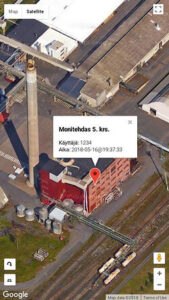
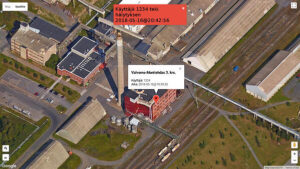
The smartglasses application worked as planned. Markers are easy to place and need no maintenance. The more markers the more accurate the tracking. As a standalone application, such a tracking solution would be underestimating the power of AR and smartglasses – as a part of other applications worth considering though. With this experiment, and together with the project participants, we found several other use cases within the process industry. For example, bringing the process data at right time and place to workers on the site. These are the use cases where smartglasses are efficient and the costs of investing in an AR solution are easily justified by the gains for example in productivity and safety.
The value of these kinds of experiments is in getting to try something new and taking it all the way to the end-users. In its short time span, the project already leads to a fully functional app, and more importantly, to a bunch of new ideas that most likely would never have crossed anyone’s mind without such a project. (Not to mention that it was a lot of fun for both teams!)
Interested in starting to develop something new with industrial AR? Let us tell you more.
The fast trial project was carried out in cooperation with the Six City Strategy (6Aika) and Business Oulu.

Introducing camera calibration and its importance in high-accuracy augmented reality
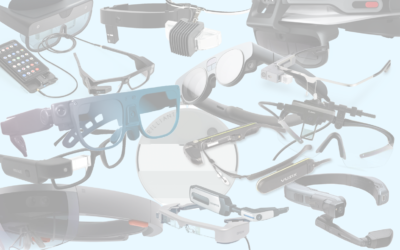
The eye box is the secret behind good AR UX. Discover what it is and how to take full advantage of this hidden smartglasses spec
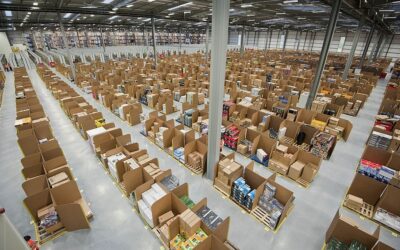
How hundreds of millions can be saved every year by large logistics operations thanks to smartglasses and SmartMarkers.
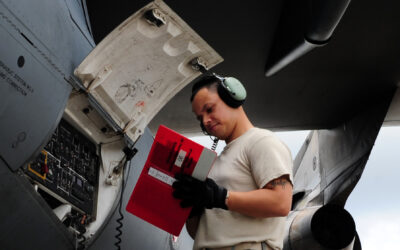
How millions can be saved every year by introducing SmartPanel and smartglasses to reduce airframe weight, shorten idle time and shrink ground crews.
